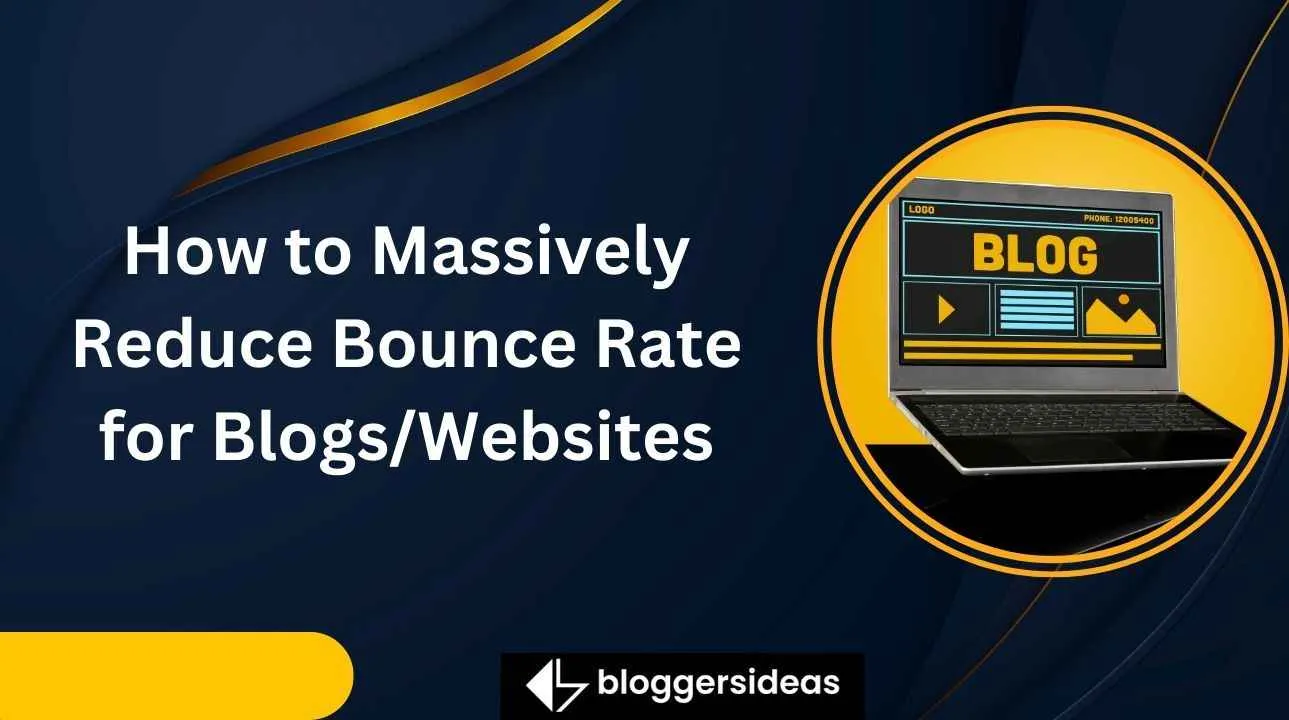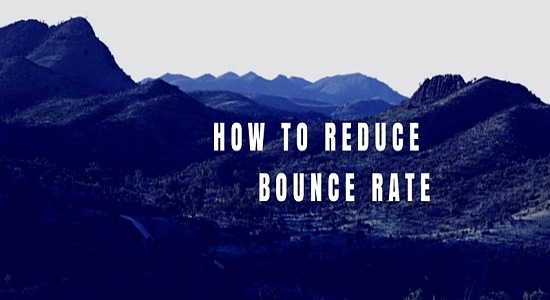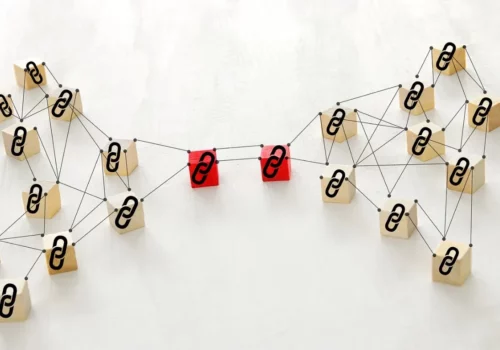Blog owners often focus on the importance of Search Engine Optimization for increasing their website traffic. Just like any other content posted online, blog owners depend a great deal on SEO for promoting their website online. SEO or Search Engine Optimization or SEO is considered as the new mantra for success for one and all, be it a business enterprise or an individual.
Any company or individual that wishes to get noticed by the online audiences tries to get themselves listed among the top in the listings of popular search engine result pages.
It is said that you must be seen to be sold. SEO helps you keeping exactly this particular phrase in mind. When any content is placed online, like the company website, blogs or a forum, the sole purpose is to get more and more people visit the website and view the content. This is where SEO has a great role to play.
Experts declare that when more SEO is used, more will be the site traffic and thus greater success rate of the blog website. Nothing is more encouraging for a blog owner than to see his or her blog page being listed among the top 5 names in the result pages of popular search engines. It is obvious that the blog is likely to enjoy more and more visitors if it gets noticed quickly.
Why choose SEO for your blog?
Engaging in good SEO for your blog essentially help you achieve higher rates of success in acquiring greater online traffic. Some major benefits of using SEO for your blog are,
- Increase in transparency with audiences
- Provide better customer service
- Increase in visitor loyalty & stickiness
High Bounce rate- a headache for blog owners
However, many blog owners complain of facing critical problems like high bounce rates. You may be wondering what bounce rate means? Bouncing is the term used when a large number of visitors visit your website but leave without going through your content or do not proceed to other pages of your website.
Here is good video by jvfocus explaining some good tips to reduce bounce rates.
The bounce rate means the number of people who visit and leave from the same page. This rate is often shown as percentage. For example, if you witness a bounce rate of 55% for your website, that means that 55 out of every 100 visitors who clicked on to your link did not view the other pages of your website rather simple left within seconds on visiting the first page of your blog.
A high bounce rate can often affect the confidence of the blog owner. Perhaps you need to ponder in depth and find out the reason behind the high bounce rate. Once you pin point on the reason, you can easily find a solution to prevent such and overcome the problem of high bounce rate in no time.
Reasons why visitors may be bouncing away
Bloggers state that relevant and credible content is often their sole criteria when they go through blogs for information. Audiences are on the lookout for valid information when they enter a particular keyword in the search engine. For the success of your blog, your prime focus should be on good quality and genuine content.
Also, you should offer ease of use and navigation in you blog for the visitors. You probably wouldn’t want them to leave your blog for some other page. Some common reasons that result in an unwanted increase in bounce rate for blogs include,
1) Pop-ups: though timely placed pop-ups can increase in conversion rate, visitors often find pop-ups very annoying when they are bombarded with such as soon as they enter a blog page. You must let the visitor enjoy you blog first. Perhaps the pop-up can be placed in the later pages.
2) Bad designing: unappealing website design is often a common reason for visitors losing interest in the blog and thus leaving sooner than expected. You should analyze your blog with an unbiased viewpoint.
3) Ease of use & navigation: a cluttered blog does not aid a visitor to find the vital information he or she may be looking for. You should highlight on the keywords and devote ample white space to give a fresh and clean look to the blog page.
4) Use of Multimedia: blog owners often think using audio and video adds a modern and more authentic feel to their blog article. Perhaps, it is true. But one must be cautious while using audio visual elements as unnecessarily long or irrelevant content might compel visitors to leave your page.
5) Relevancy: the content you present in your blog should be relevant and useful. Visitors are likely to leave the blog page if they do not find the information they are looking for as per to the keywords entered by them in the search engine.
6) Lack of speed: slow movement from one page to another or the lack of speed in opening links or topics may result in a loss of visitors. In the age of high speed internet, people demand swift actions. Your blog must offer quick loading of pages and fast site speed. Ensure that you opt for a good hosting that allows you high speed for your website.
7) Unwanted advertisements: people do not like see their window jammed with advertisements every 2 seconds the open a new page in your website. That to if the ads are totally irrelevant. Ensure that the ads you allow in your blog page are in some ay relevant to the content that your blog carries.
8) Poor language & low quality: visitors often look up for vital content. You may be providing such. But the language is terrible and your content is filled with grammatical errors. Be unbiased and think, would you read such content yourself? Ensure that your content is devoid of such language errors by proof reading before the final upload online.
9) Unnecessary images: images are important. But adding unnecessary images in the blog clutter the page and distract the visitor from the actual text. This may result in their departure from your blog page.
However, a high bounce rate may not always be a bad sign. It is always possible that perhaps the visitor found the required information in the first page itself and hence did not need to proceed further and left because his or her purpose was solved.
Do you want to share other methods for reducing bounce rate for blogs, what methods are you using on your blog to reduce bounce rate share with us in comments below.






Great post – I love how you brought up the point of a user leaving a web page quickly because they found what they needed quickly – positive! In retrospective, I guess if a user is on a web page for a long time that could mean that the page could be difficult to navigate through…?
Great round ups, really enjoyed your article. I learned and many great insights with the video above. Thanks for sharing your article about on How to Massively Reduce Bounce Rate for Blogs/Websites.
Thanks lot Sarah. I am happy that you liked the post and enjoyed it. I intended to share my knowledge and your words are kind enough to tell me that I delivered well. Stay connected for more such updates. Cheers!!